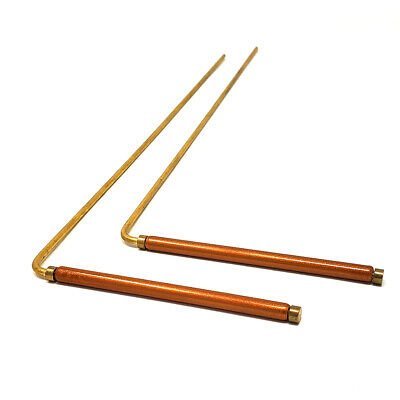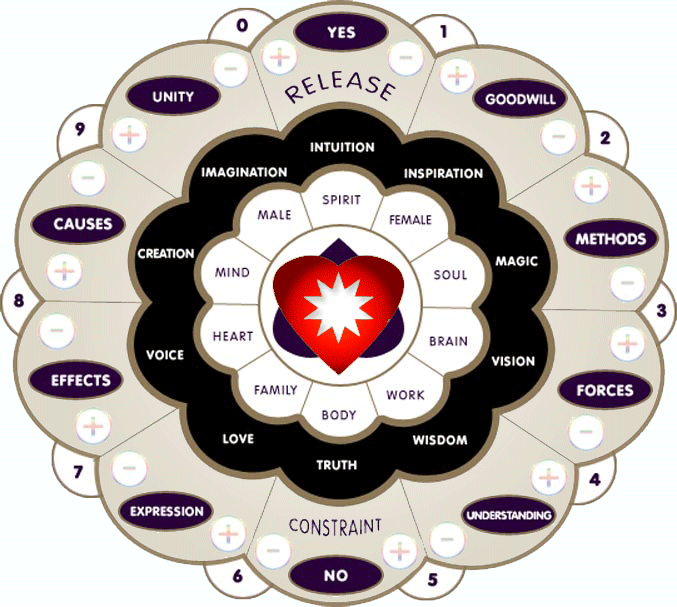The Art of Divination
 Divination is the art of seeking insight into the future or the unknown by what-appears-to-be supernatural means. It is a form of forecasting that typically involves the use of rituals and techniques to commune and communicate with spiritual and supernatural forces. Methods of divination include techniques such as interpreting the movements of animals, interpreting the patterns of tea leaves, reading tarot cards, casting runes, or consulting oracles. Divination can be used for a variety of purposes such as finding lost objects, discovering the cause of an illness, or making important decisions.
Divination is the art of seeking insight into the future or the unknown by what-appears-to-be supernatural means. It is a form of forecasting that typically involves the use of rituals and techniques to commune and communicate with spiritual and supernatural forces. Methods of divination include techniques such as interpreting the movements of animals, interpreting the patterns of tea leaves, reading tarot cards, casting runes, or consulting oracles. Divination can be used for a variety of purposes such as finding lost objects, discovering the cause of an illness, or making important decisions.
Divination Examples
- Augury: the practice of interpreting the signs of nature, such as the flight of birds, to predict future events. This was a common form of divination in ancient Roman religion.
- Haruspicy: the practice of examining the entrails of sacrificed animals to predict future events. This was a common form of divination in ancient Etruscan religion.
- Astrology: the practice of interpreting the positions and movements of celestial bodies to predict future events. Astrology is still widely used today.
- Geomancy: the practice of interpreting patterns formed by randomly placed dots or lines to answer questions or predict future events. This was a common form of divination in medieval Europe.
- Necromancy: the practice of communicating with the dead to predict future events. This was considered a form of divination in ancient Greece and Rome.
- Scrying: the practice of gazing into a reflective surface, such as a crystal ball, to see visions of the future or the unknown. This was a common form of divination in medieval Europe.
The Art of Scrying
Scrying is the art of gazing into a reflective surface like a crystal ball, mirror, or bowl of water, to gain insight. Crystal balls, also known as scrying mirrors, have been used for divination since ancient times. They were also believed to be able to predict the future and reveal secrets. Mirrors have been used for divination since ancient times by both the Egyptians and Chinese. In scrying with mirrors, the diviner gazes into a reflective surface and waits for visions to appear. Similarly, water scrying, also known as hydromancy, involves gazing into a bowl of water or a body of water such as a lake or well to see visions. Water scrying was notably associated with divination ceremonies used by the ancient Celts and the Norse.

Divining for Water
Divining for water involves using a divining rod or dowsing rod to locate underground water sources such as wells or aquifers. The practice typically involves holding the divining rod, usually made of wood or metal, and walking over the ground in search of water. When the diviner comes across an area with an underground water source, the rod is believed to move or bend to indicate the presence of water. Divining for water, also known as dowsing, is considered a form of divination because it is used to find something that is not visible to the naked eye, in this case, underground water. It is also related to hydromancy, which is the practice of divination by water.
Votex Dowsing
The practice of “dowsing” for energy fields to locate hidden or underground energy votexes or “ley lines” is similar to the practice of divining for water. The process typically involves holding a pair of “L” shaped copper rods that are free to rotate. As the rods pass over energy vortexes they move and spin, indicating the presence and power of energy lines and/or vortexes.





